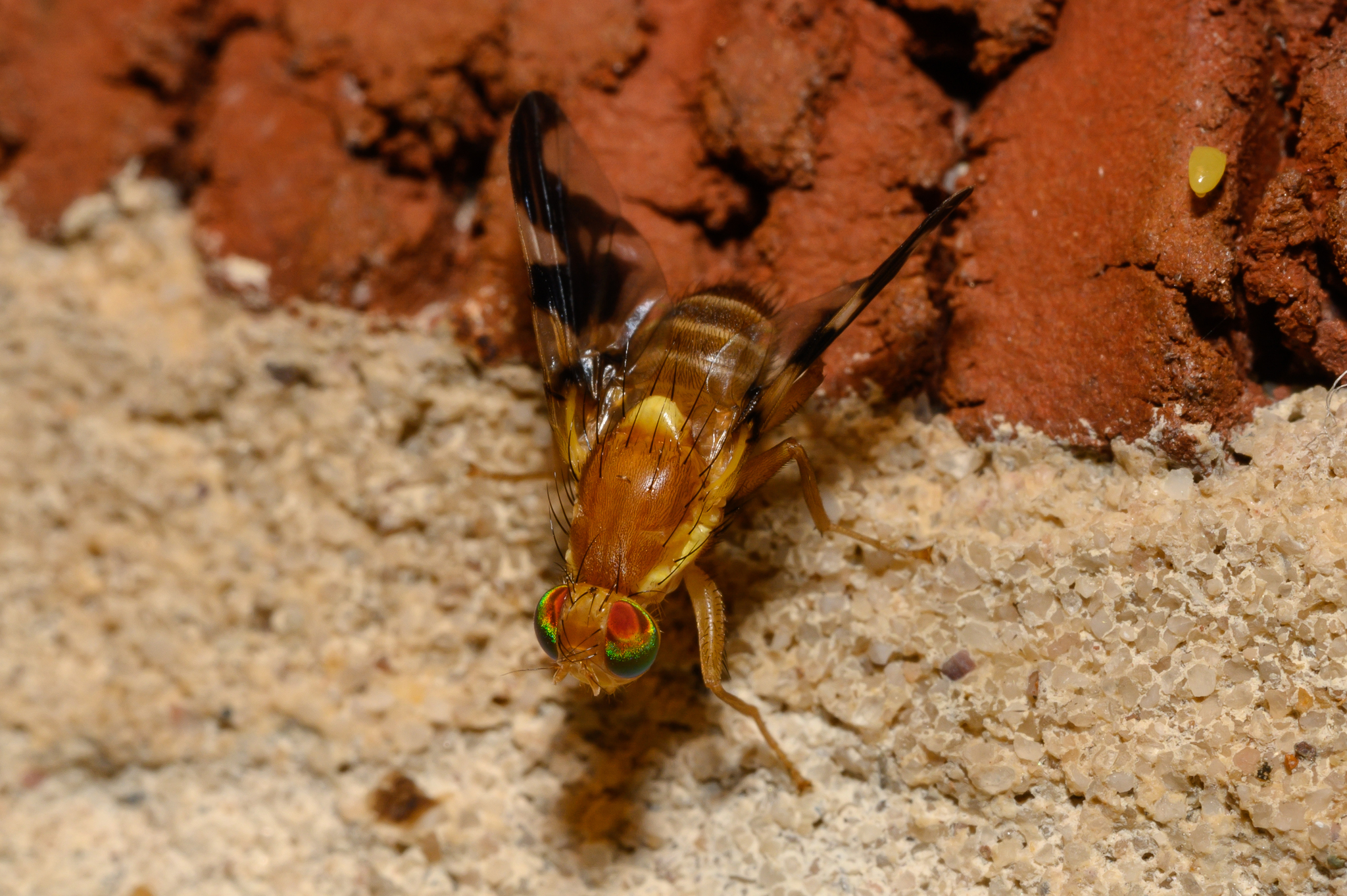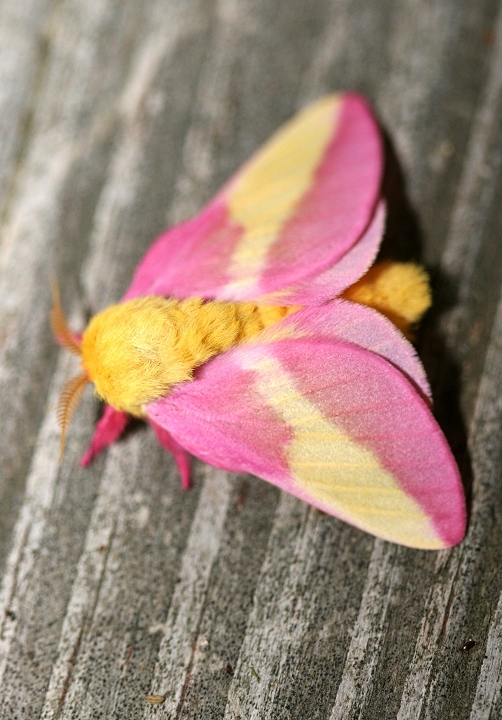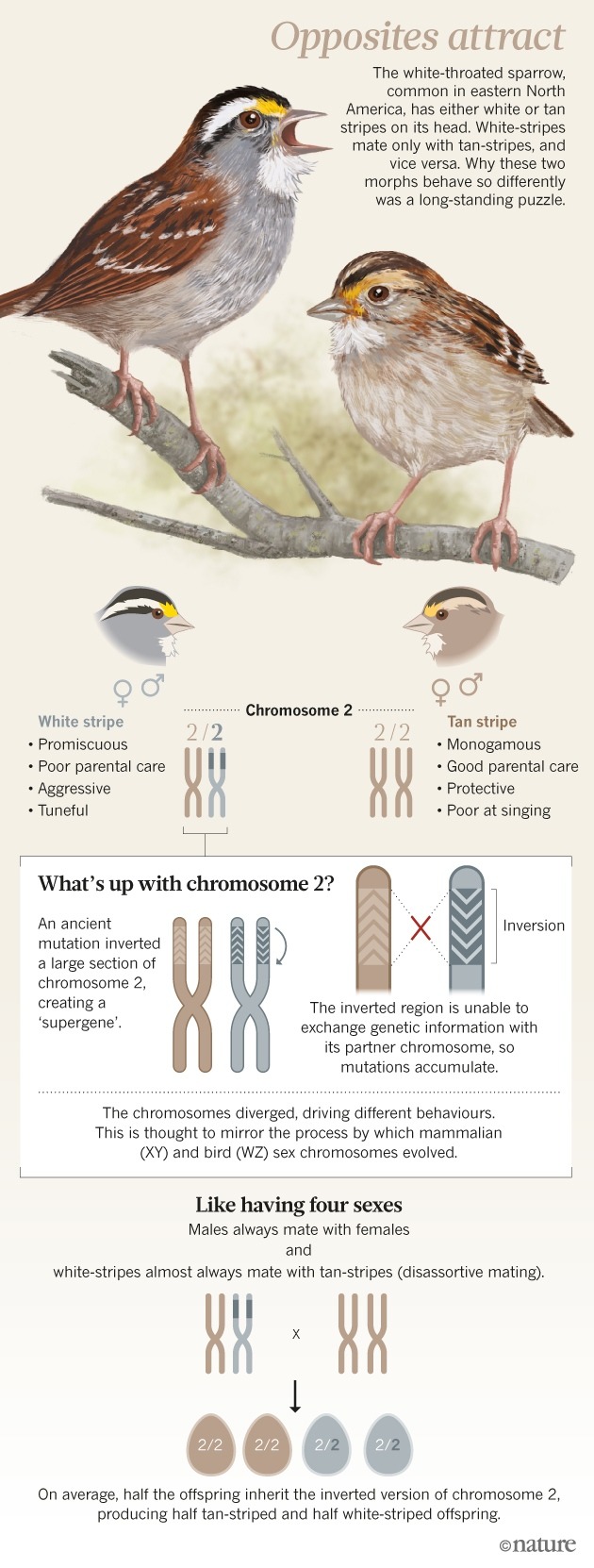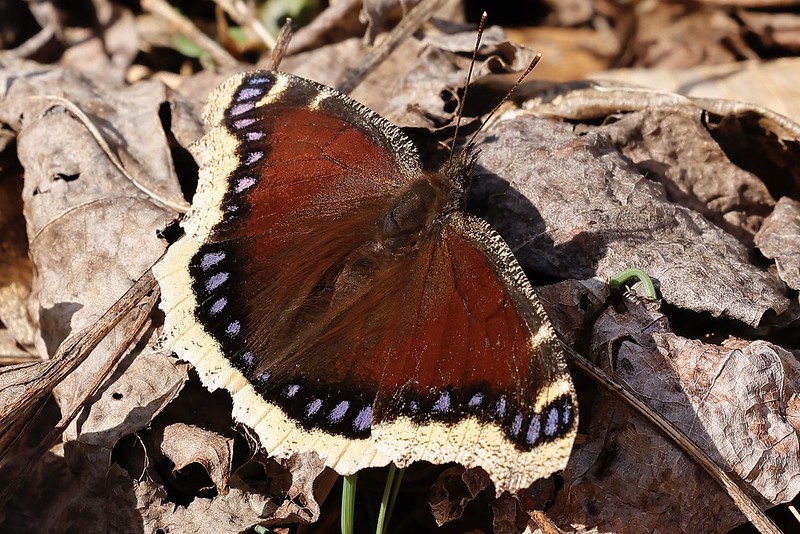MBP - Black Bee Fly (Anthrax georgicus)
The Black Bee Fly (Anthrax georgicus) is one of many new insect species to have a common name added to MBP. MBP editors like Mark Etheridge, Dave Webb, and Jim Moore have been supplementing insect pages with new common names, missing Hodges numbers (day-flying Lepidoptera), and useful status and description information. (Thanks, guys!) Kudos to iNaturalist as well for often leading with common name adoption, making various taxonomic groups more accessible. iNaturalist and MBP both maintain robust sets of synonyms to find taxa by multiple names.
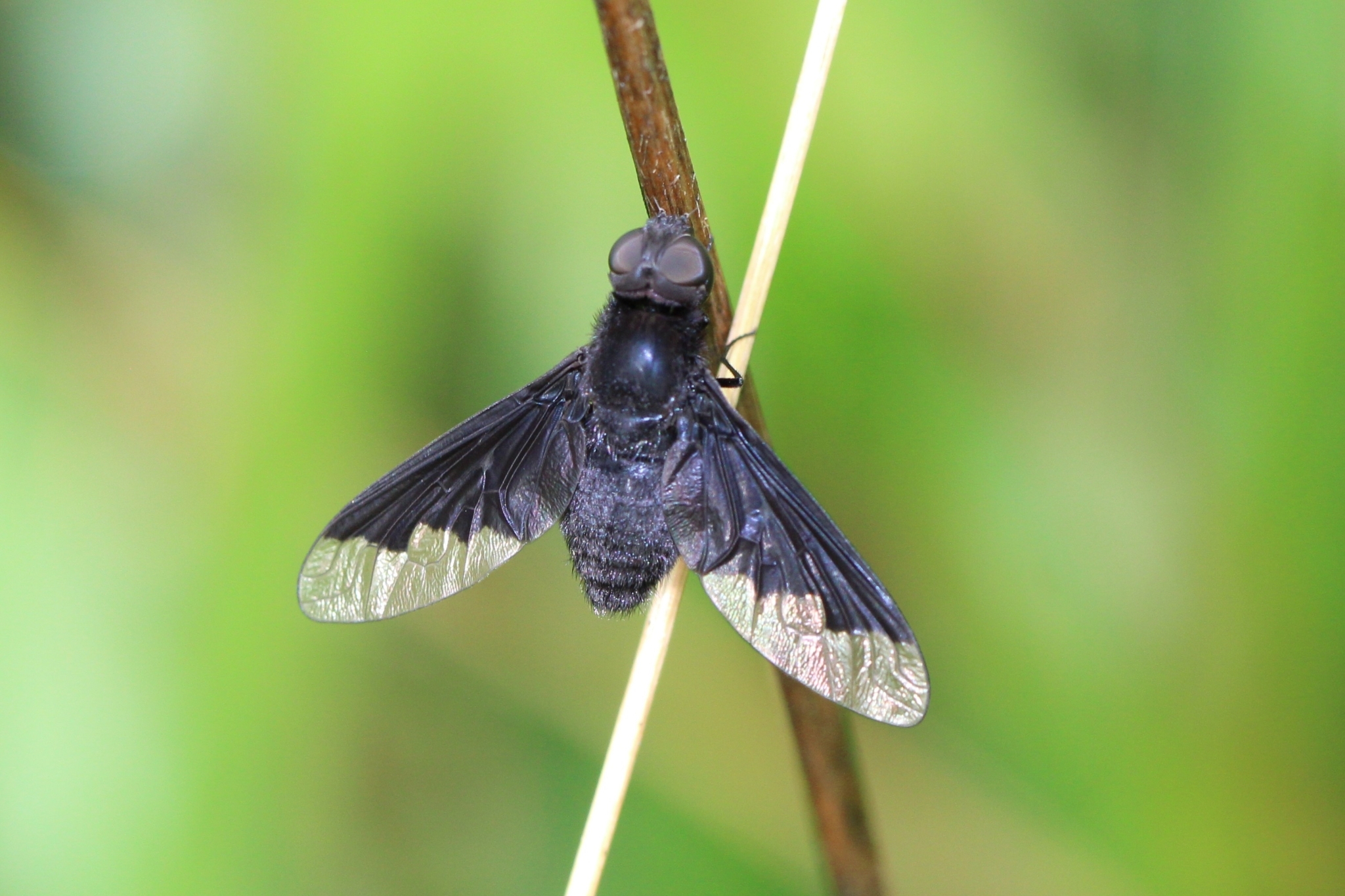
Bee flies ARE flies. Remember DI-PTERA (two wings) and also that true flies (Order Diptera) have a space in the common name. Robber flies are flies; dragonflies are not. The bee flies (Bombyliidae ) are all fascinating and specialized in their life histories. BugGuide summarizes the family: "Larvae are mostly external parasitoids of holometabolous larvae (esp. soil-dwelling Coleoptera, Hymenoptera, Lepidoptera, Diptera); a few are endoparasites, predators (esp. on grasshopper eggs), or kleptoparasites; adults take nectar/pollen."
This species is a specialist of tiger beetles!
📸: (c) Adrienne van den Beemt, some rights reserved (CC BY, http://creativecommons.org/licenses/by/4.0/) - Prince George's Co., Maryland (7/10/2022).
🔍 More at Maryland Biodiversity Project:
https://www.marylandbiodiversity.com/view/9804
- Bill

